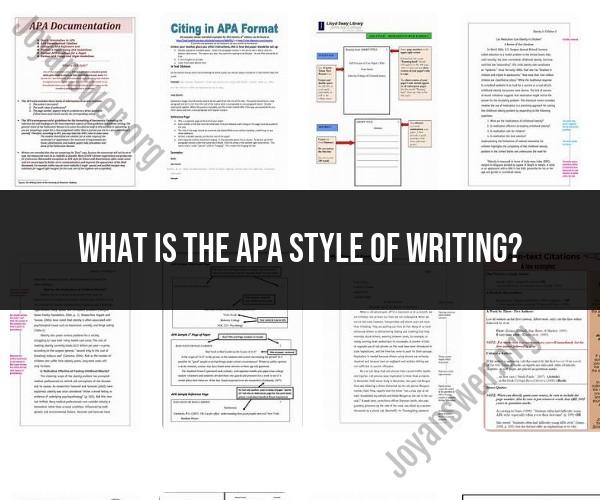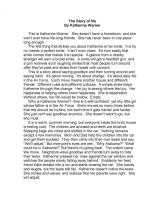What is the APA style of writing?
The APA (American Psychological Association) style of writing is a set of guidelines and standards for scholarly writing and documentation, primarily used in the social sciences, psychology, education, and other related fields. It provides rules for formatting, citing sources, and structuring research papers, essays, and academic documents. The primary purpose of the APA style is to ensure clarity and consistency in academic writing and to facilitate the communication of research findings.
Here are some key elements of the APA style of writing:
Title Page: An APA-style document typically includes a title page with the title of the paper, the author's name, institutional affiliation, running head (a shortened version of the title), and page number.
Abstract: Most APA-style papers begin with an abstract, a concise summary of the research paper's main points. The abstract is typically no more than 250 words and provides a brief overview of the research problem, methods, results, and conclusions.
Headings: APA uses a system of headings to organize and structure the content of a paper. Headings are formatted in a hierarchical style, with different levels of headings indicating different levels of importance.
In-Text Citations: In-text citations are used to acknowledge and give credit to the sources of information or ideas used in a paper. APA style uses the author-date citation system, where the author's last name and the publication year are included in parentheses within the text (e.g., Smith, 2020).
Reference Page: The reference page is a separate page at the end of the paper that lists all the sources cited in the paper. References are organized alphabetically by the author's last name and follow specific formatting guidelines for books, articles, websites, and other source types.
Margins and Spacing: APA specifies margin sizes (1-inch margins on all sides) and double-spacing throughout the paper, including the reference page. The font should be 12-point Times New Roman or a similar serif font.
Page Numbers and Running Head: Page numbers are placed in the top right corner of each page, starting with the title page. A running head (a shortened version of the paper's title) is included in the top left corner of each page, except for the title page.
Quotations: Quotations should be used sparingly, and when included, they should be formatted according to APA guidelines. Short quotations are enclosed in double quotation marks, while longer quotations are presented in block format without quotation marks.
Citing Electronic Sources: APA provides guidelines for citing electronic sources, including websites, online articles, and digital publications. These guidelines ensure that readers can locate and verify online sources.
Appendices: If needed, appendices can be included at the end of the paper to provide supplementary information or data. Each appendix should be labeled with a letter (e.g., Appendix A, Appendix B) and have a title.
The APA style is regularly updated, and the latest edition of the Publication Manual of the American Psychological Association provides comprehensive guidance on all aspects of APA formatting and writing style. It's essential for researchers, students, and writers in the social sciences to adhere to APA guidelines to maintain consistency and clarity in academic communication.











